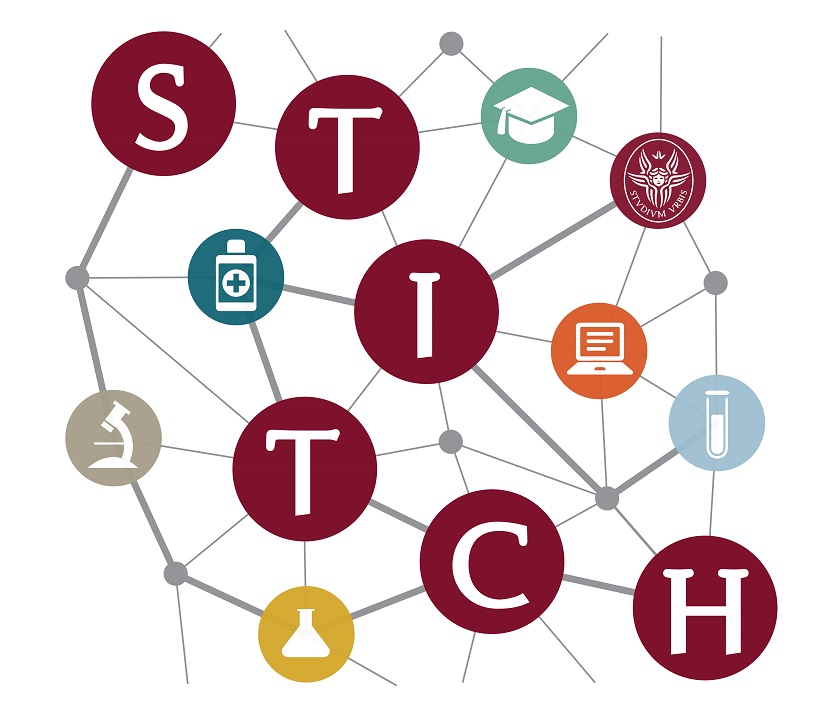Digital Pathology for improving quality in national tumor databases
Modern research efforts have focused intensely on cancer etiology, clinical behavior, and therapeutic approach, resulting in a massive amount of cancer-associated data in repositories that may provide a basis for statistical analysis. However, the storage, withdrawal, retrieval, and analysis of these data in an efficient and meaningful manner pose major difficulties to biomedical investigators. These data are complex and heterogeneous and a major challenge relates to their inclusion of non-structured information. Histological report standardization and the use of a second opinion for difficult pathological diagnoses may result in a significant improvement in the usability of these data.
The commercial introduction of whole-slide imaging (WSI) scanners about 20 years ago paved the way for the use of digital pathology as a resource for clinical, educational, and research applications. The ability to digitize an entire histological slide combined with ongoing advances in optical imaging technologies have allowed microscopic information to be shared among pathologists. Today, whole-slide scanners are capable of automatically producing very high-resolution images that replicate glass slides (so-called virtual microscopy). Furthermore, dramatic improvements in storage and computational technology have made it possible to process large WSI datasets [1]. Today, a variety of companies produce commercial WSI scanners that acquire WSIs in proprietary formats, either via tile-based or line-based scanning.
In the specific setting of cancer repositories, digital slides may offer a powerful tool for online consultation as well as postdiagnostic second opinion in order to insert the most consistent diagnosis in the database. A team of specialized pathologists may be available for digital slide review and concordance analysis. It is also possible to quickly analyze morphological characteristics of virtual slides from a selected histological subtype for research purposes or for review of specific microscopic findings in relation with clinical behavior. Additionally, the WSIs submitted for consultation represent a source of educational support for pathologists, residents, and students.
When used for diagnostic concordance, the quality of histological slides and the availability of clinical information are important factors in diagnostic digital consultation. A lack of clinical information has been reported as a source of disagreement, while other studies have reported poor biopsy quality, specifically the small size of biopsy material or inadequate routine laboratory processes, as a reason for disagreement [2].
The final objective of the digitalization of the thyroid cancer national observatory is the integration of one or more virtual slides for each patient included in the database. Integration is necessary to correlate WSI data with clinical, radiological, and genomic information. However, this process is complex and requires economic resources, training on instrument and data consultation, software for image sharing, legal considerations regarding privacy and data management, and high-quality glass slides paired with traceability of the sample in order to enhance laboratory efficiency, promote patient safety, and improve patient care. Validation of the whole process is supported by international guidelines [3].
Selected references


